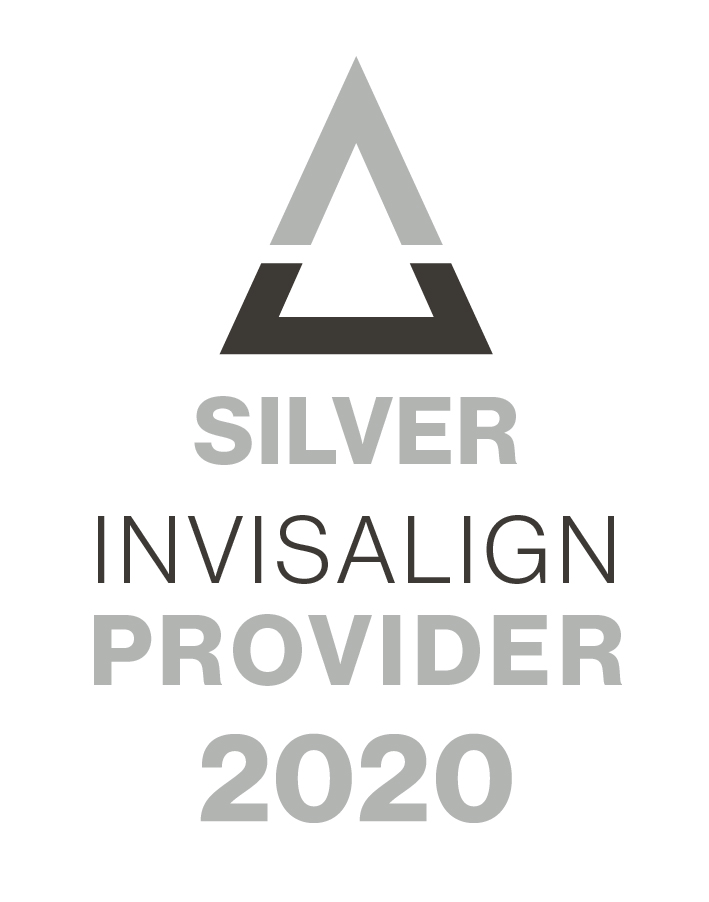Post-Op Instructions
This instruction sheet has been developed for those patients who have undergone surgical procedures. Please read these instructions carefully. If…
 This instruction sheet has been developed for those patients who have undergone surgical procedures. Please read these instructions carefully. If you have any further questions or if you are not sure what you are experiencing is normal, please don’t hesitate to call the office at (781) 329-4545.
This instruction sheet has been developed for those patients who have undergone surgical procedures. Please read these instructions carefully. If you have any further questions or if you are not sure what you are experiencing is normal, please don’t hesitate to call the office at (781) 329-4545.
If you wish you can print a copy of our Post-Op Handout to keep for yourself.
Discomfort
It is not unusual to have a certain amount of discomfort following any surgical procedure. In most situations one or two extra strength Tylenol or up to four Advil (Ibuprofen or Motrin) can be taken every 4 hours or as needed for pain. Never take a medication that goes against your family physician’s advise. It’s best to take them immediately before pain sets in; it’s easier to prevent pain than to stop it. Regardless, at least take the medication before bedtime. Most importantly, remember to take all medications as directed.
Swelling
Minor swelling may follow your surgical procedure. This most likely is just a healing reaction from your body. To minimize swelling, ICE is imperative immediately after the surgery. It should be used on and off every 10 minutes for 6-8 hours (depending on the extent of the surgery). Do not use it constantly or it may impede the blood supply to the area. After the first 6-8 hours of ice, use it on and off for the rest of the day. On the day after surgery, a warm compress can be used in the place of an ice pack. Apply the compress for 20 minutes every four hours.
It is also helpful if you do not lie down with your head flat. If you must do so, prop your head up on several pillows; this prevents blood from pooling in your head while you are resting or asleep. Regardless, it is not unusual to see some slight increase in swelling when you wake up. Most of the time this slight swelling goes down as you get up and move around.
If swelling seems excessive or starts increasing after the fourth post-operative day, please call our office as soon as possible. Of particular concern is swelling beneath the jaw (neck) or under the eyes.
Bleeding
A small amount of bleeding is possible, usually immediately after surgery; it may discolor your saliva slightly, so don’t be alarmed. If, however, continuous bleeding occurs (even if it is a small amount), call our office immediately.
If a large amount of bleeding starts, stay calm; most of the time a little pressure with your finger over the surgical site will stop it.
Procedures to slow or stop bleeding:
- Look in your mouth to see where the bleeding is coming from. If it is on the outside (cheek side) it is very easy to stop, as you can simply place your fore-finger against your cheek or lips opposite the area.
- If the bleeding is inside your mouth (tongue side), it is more difficult to stop for obvious reasons. In this case, you can place wet gauze on the area and place pressure for several minutes. If this works, fine. If it doesn’t , try a wet tea bag over the area and apply pressure. Again, please contact our office if bleeding can not be controlled.
Periodontal Dressing
A periodontal dressing (or packing) is sometimes placed over the surgical site. The purpose for this dressing is to protect the site from trauma (brushing and food impaction). If it comes loose, just take it off and discard the material. It’s important to know that the dressing does not promote healing; in fact, healing may occur faster without the packing.
Quite often, small pieces fall off as the week goes by. If the pack is uncomfortable, you may take it off; simply rinse with warm water to soften the pack ; then peel it off with your fingers.
How Can We Help?
We would love to hear from you! Please fill out this form and we will get in touch with you shortly.


